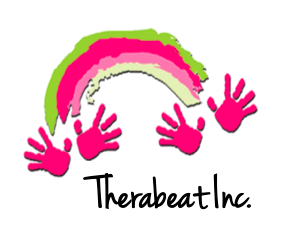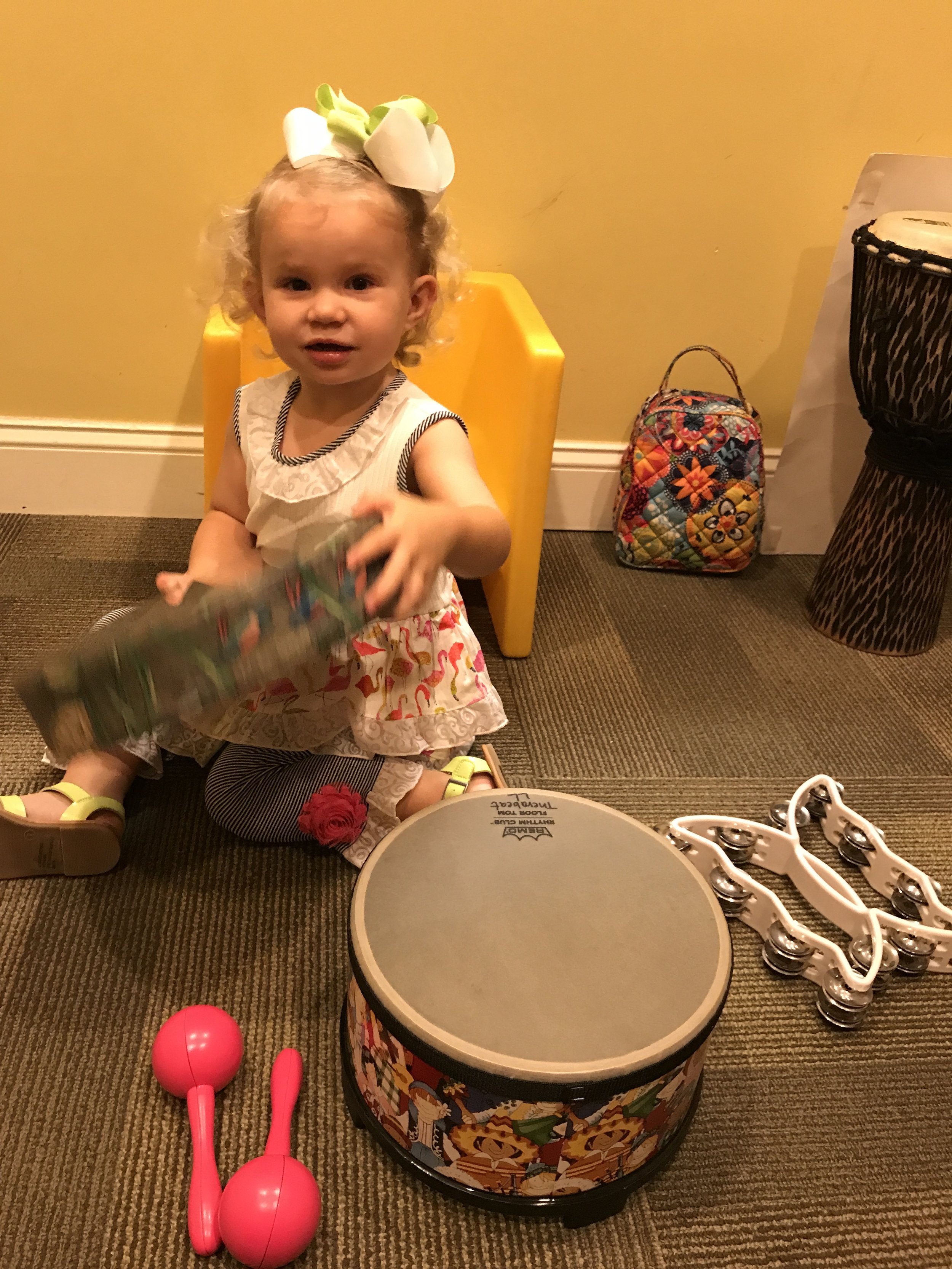“Each instrument posses a character, a musical personality of its own that is created by its sound, its physical construction, and the way it is played. This individual quality gives each instrument its special musical value. Children quickly feel and respond to the character of an instrument we set before them…”
-Nordoff and Robbins (1971)
As music therapists, we often give our patients a choice in which instrument we play or which instrument they play during our sessions. Avi Golboa and Yael Almog surveyed four music therapy journals and leading music therapy textbooks to examine examples of clients choosing specific instruments. They ended up choosing 53 examples and analyzed them in order to determine why each client made those choices. They determined there were two main dimensions that the choices were made by. Firstly, how the instrument is used sensorially or symbolically. And second, the attributes of the instrument including its sound, shape, or bodily action required to interact with the instrument.
1) How the instrument is used:
· Clients can choose the instrument to serve a sensory need. Whether that is auditory, visual, and/or tactile, it can help stimulate them, calm them down, or establish isolation with the environment through it.
· Clients can also choose the instrument symbolically according to one or more of the instrument’s attributes. This is when a client chooses an instrument based on the sound or shape and how that symbolically relates to what they are thinking.
2) Physical attributes of the instrument:
· How the instrument sounds.
· What shape the instrument is.
· The bodily interaction with the instrument required to play it.
The instrument’s sound was the most frequent attribute found to dictate the choice in this study. This study reinforces how important it is to present our clients with a variety of instruments and let them have a say in which are used during their session.
-Lauren Booke, Music Therapy Intern
Source: Avi Gilboa & Yael Almog (2017): Why that instrument? A bibliographic study of the reasons instruments are chosen by music therapy clients, Nordic Journal of Music Therapy, DOI: 10.1080/08098131.2016.1272625







